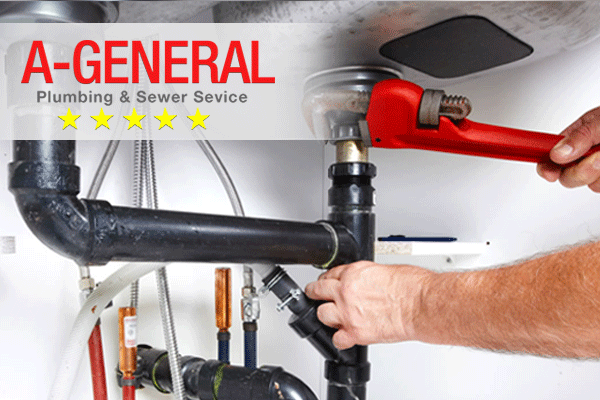The American lifestyle has improved considerably due sewer construction. Most of us do not give thought to sewer pipes unless we face a broken pipe or a blockage. Thanks to vast underground networks of pipes/sewers that facilitate indoor plumbing. The underground network of pipes or sewers demands keen survey, precise planning, and engineering knowledge. Lot many techniques are involved in installation and repairs of sewers.
Sewer construction has application in a residential, commercial, municipal, industrial and institutional sector. The techniques and application of sewer pipe vary considerably. As the sewers carry waste, they have to adhere to codes governed by the Environmental Protection Agency. The codes are followed in all the aforementioned sectors.
Sewer Types a general sewer service
The sewer includes sanitary, storm or combined systems. The network of a complete sewer system is called sewerage. Sewerage is not connected to water pipes since it contains hazardous bacteria and microorganisms hazardous to the environment, carries waste and contaminated water. In the USA, sanitary sewerage is most commonly installed. The sanitary sewerage carries industrial and residential waste to water treatment plants for water products to be removed. The removed waste is turned into biodegradable products. There are many general sewer service providers who are engaged in installing sanitary sewage’s.
Another sewer system– the sanitary system, is septic tanks. The septic tanks are installed underground in residential complexes or commercial buildings. The septic tanks are usually installed in rural areas where two buildings are remotely located. During development of rural areas into residential and business complexes, public sewer lines are installed. The public sewer lines from homes and office buildings are connected to the main pipeline. The earlier laid septic tanks are also connected to the public sewer line. The septic tanks are connected to the public sewer line by sewer contractors. The sewer contractors connect the septic tank pipes to the main pipeline or to the main network, drain the waste and lastly plug the septic tanks. This minimizes the risk of the environmental contamination.
The combined type of sewer systems transports sewer waste and storm water. This type of sewer system helps to collect excess storm water, carry it to the point of discharge. Thus it prevents flooding.
Sewer Design
The designing of sewer systems involves
· planning and assessment of flow rate of sewage waste. The assessment of waste flow rate is very crucial as it determines the types of pipes to be used in the system to meet the community needs.
· assessment of the land at the construction site. The engineers make use of subsurface utility engineering to locate the existing pipes. With subsurface utility engineering, the engineers get information about their composition and location of the installed pipes. The subsurface utility engineering helps to avoid delays occurring due to cutting or rupturing of sewers.
For installation of septic tank, connecting it to the public sewer line or laying of sewers for commercial buildings, it is important to engage an experienced and licensed sewer contractor. There is 24 hours plumbing service in Atlantic county that provides excellent service around the year.

